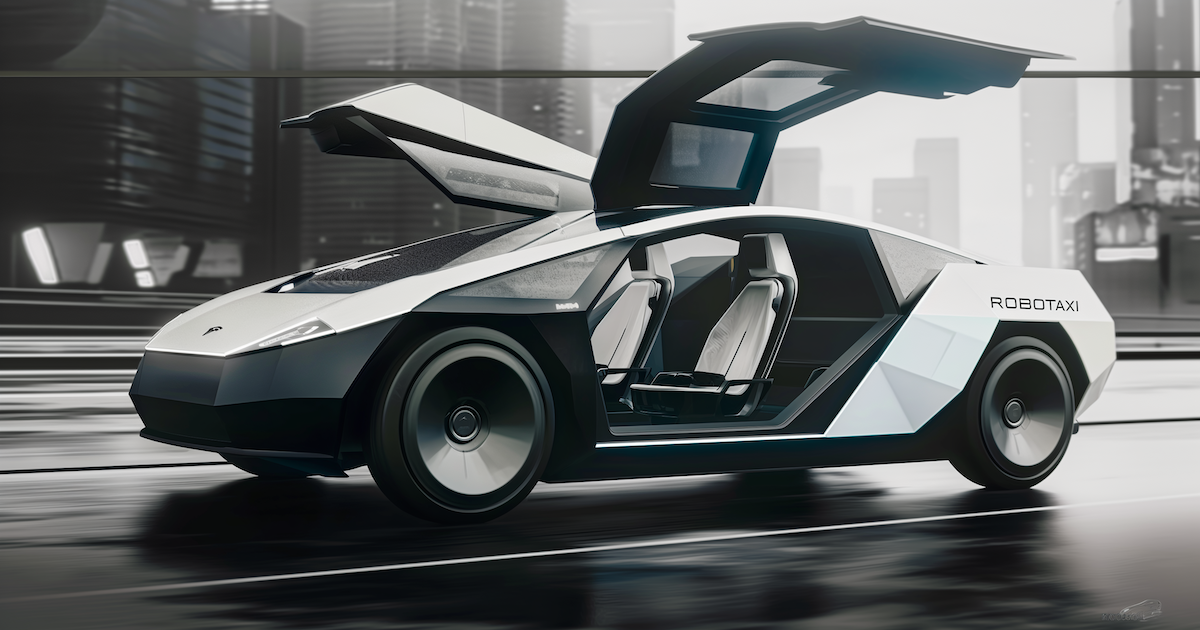
It was only there for a split second.
It was so brief, the only way a viewer could see the image clearly was by clicking frame by frame… in order to catch a glimpse of Tesla’s forthcoming robotaxi design.
That’s what I did, and here’s what I saw:
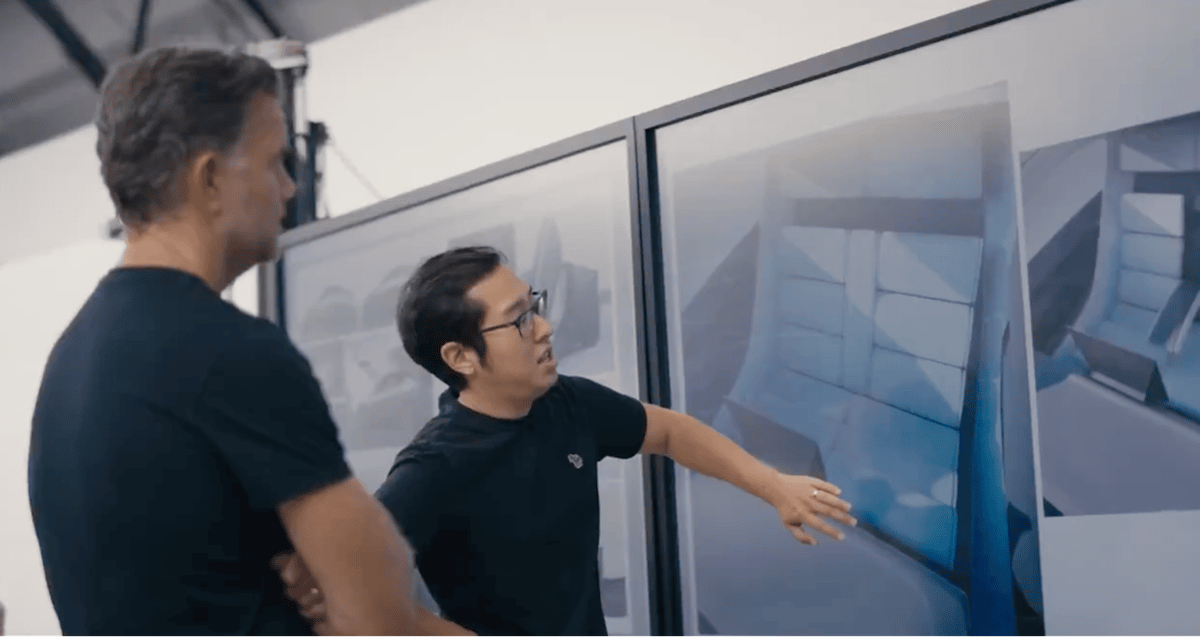
The above image was effectively hidden in a brief, two-minute investor video that Tesla prepared for its upcoming shareholder vote. It’s just one, split-second frame in the 4th second of the video. It’s very easy to miss.
And yet it was clearly there to be found.
Shown above is the interior of Tesla’s robotaxi, which is planned to be announced on August 8th, which we explored in Outer Limits — “Your Robotaxi is Arriving…”.
The images are telling, as they show a smaller cabin with two seats, a screen, and no steering wheel at all.
Unlike the latest Waymo vehicles that we explored in yesterday’s Outer Limits — Waymo Hits a Major Milestone, there is no space for a safety driver.
Based on the latest version 12 of Tesla’s full self-driving (FSD) software, I would argue there is no need for it.
Another frame gave a glimpse of what appears to be the front “grill” of the robotaxi.
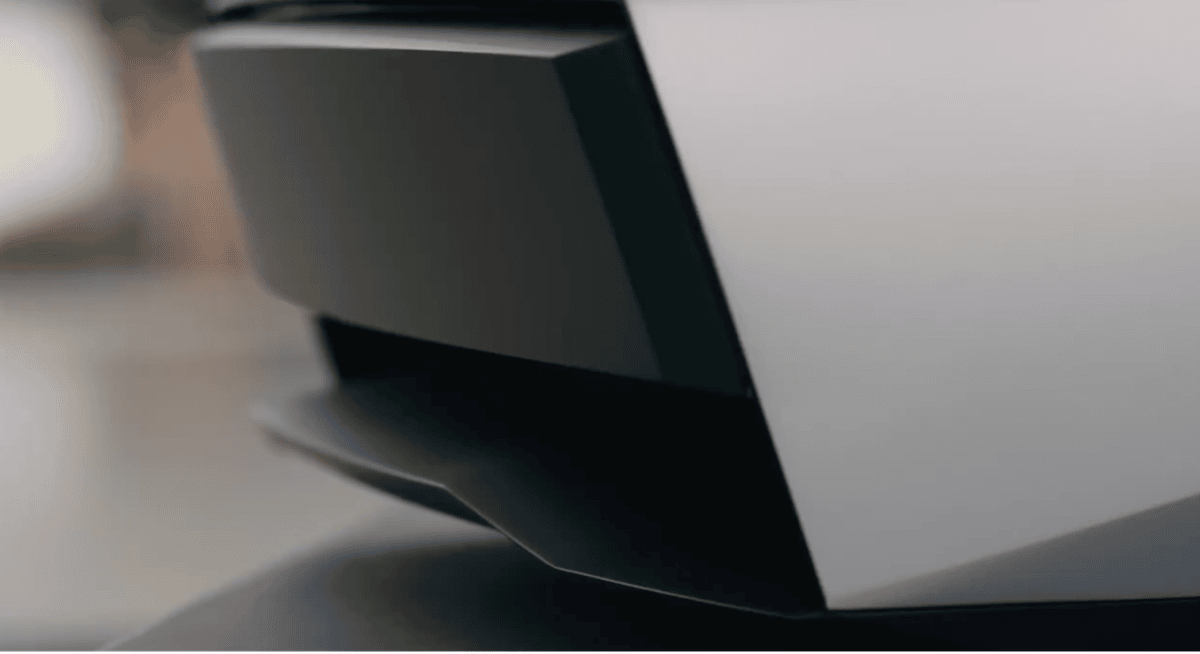
And other confirmed in a cardboard cutout — the unique, two-seat design.
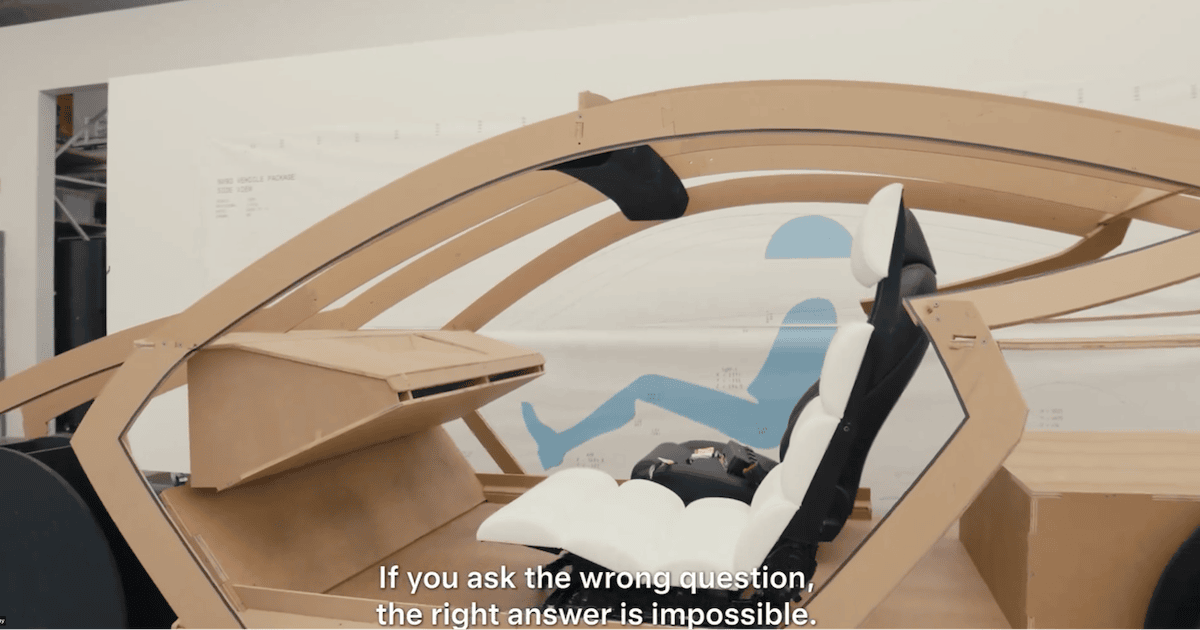
Now I know that some of us might have the urge to chuckle when seeing a cardboard cutout of a brand new fully autonomous car. The irony of the absence of high-tech in a cardboard cutout isn’t lost on me.
But it wasn’t too long ago when Musk had someone dressed up in a robot suit walk onto stage and start dancing…
A few months later, Tesla had a functional prototype of Optimus — a humanoid robot — much to the dismay of the robotics industry.
This time will be no different. And of course, Tesla will reveal the first version of its robotaxi on August 8th.
And surely it’s no coincidence that the above images are representative of pieces of a puzzle that fit into Musk’s robotaxi concept, which was shared on page 501 of Walter Isaacson’s biography Elon Musk.
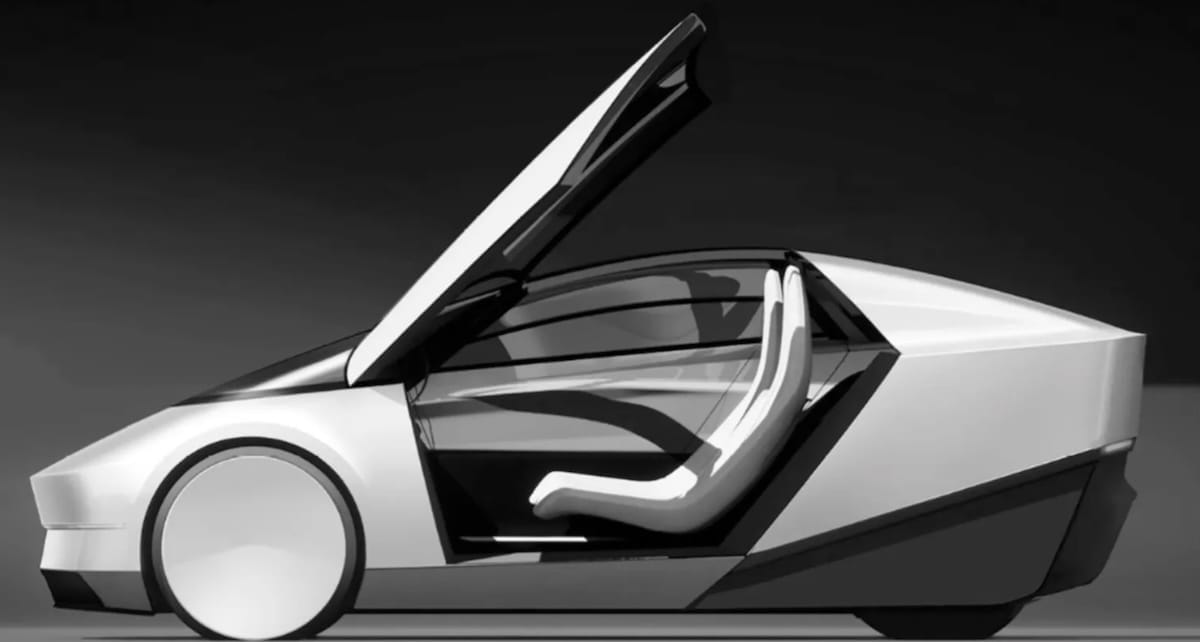
There’s a significance to the two-seat design and a smaller electric vehicle (EV) than the Model 3…
And it speaks to the economics and desired function of the robotaxi.
A smaller electric vehicle means a lighter vehicle, which also results in a smaller battery pack.
Given that the EV batteries make up about 40% of the total manufacturing cost of the EV, a reduction in battery requirements will have a large impact on reducing the cost of the EV.
And because a robotaxi will typically be used for shorter trips, long-range batteries are not needed for a ride-hailing application.
These design decisions are consistent with Tesla’s goals of getting the costs of a robotaxi down to $25,000 or less.
And that directly speaks to the economics of operating a fully autonomous ride-hailing service.
A smaller, cheaper, fully autonomous vehicle used for ride-hailing services results in lower costs to riders.
Uber, for example, takes about 25% of each ride — what the company considers to be its fair share for its services as a ride-hailing platform, connecting drivers and riders. How’s that for friction?
If Tesla is the ride hailing platform, though, most of that 25% “take rate” goes away.
Tesla even gave us a new view of what the ride-hailing application will look like and how it will function:
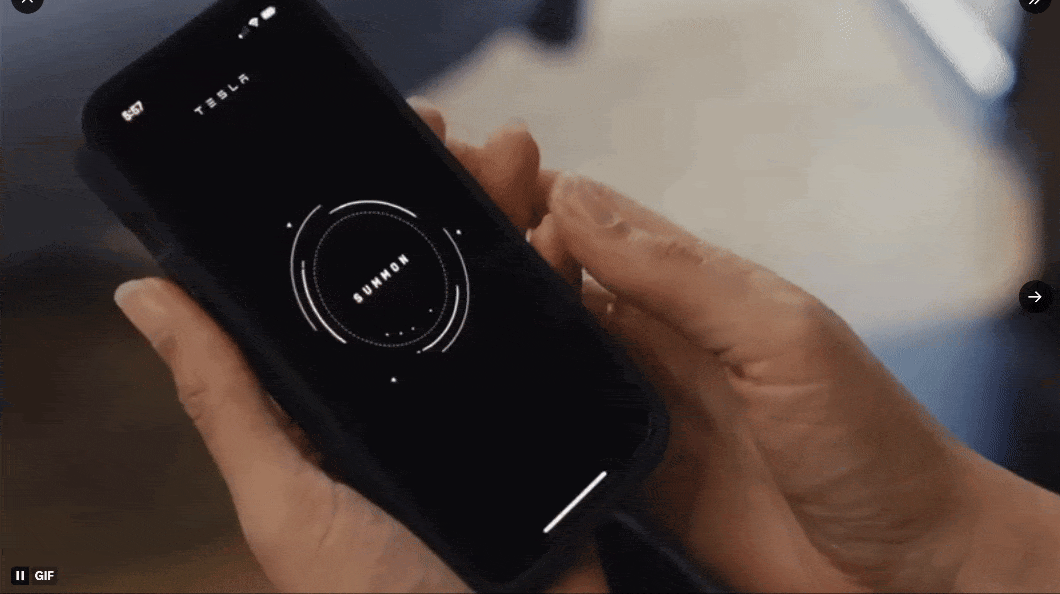
Riders will simply “summon” their robotaxi, chose their destination, set their temperature, choose their music, and enjoy the ride… without any friction at all.
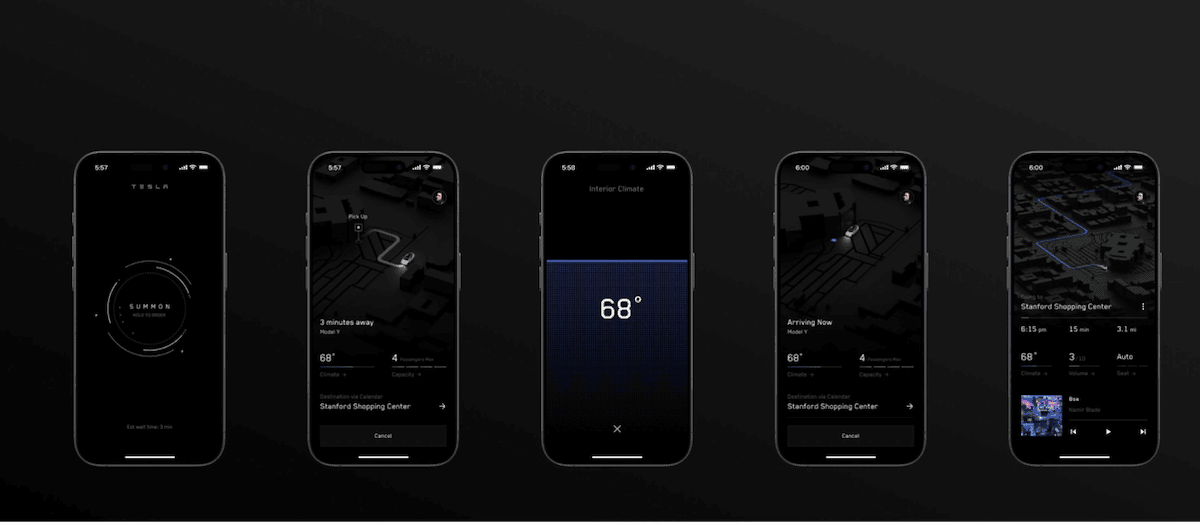
And while there will no longer be any human drivers, humans will still be in the loop.
In the rare cases where a robotaxi gets stuck for one reason or another, remote human pilots can teleport into the car, speak with the passenger, and navigate when necessary.
Humans will also be needed to service and maintain the vehicles when they need repairs, cleaning, and of course charging. Businesses will be built up to perform these tasks, and autonomous vehicles will know where they are and can navigate to those service centers when needed.
While the excitement is clearly around the technology and artificial intelligence that enables autonomous driving, the much larger trend is the future of transportation.
A private, ride-hailing service is something that we would normally equate with a more expensive, personalized form of transportation.
And yet with autonomy and manufacturing at scale, it becomes a service that will be affordable to the mass market. It expands the size of the ride-hailing market far beyond what it is today.
I’ve seen estimates for the cost per mile of an autonomous vehicle at just $0.25, compared to a taxi at $3.50 (can be much higher in major metropolitan areas). And the costs of using robotaxis will definitely be less than that of owning a car.
The economics will directly impact the automotive industry, car ownership trends, the insurance industry, and of course create another massive business for Tesla.
It’s hard to believe that there are still doubters today that don’t believe Tesla can deliver fully autonomous software. Those doubters should ride in a Tesla running the latest FSD software before offering another opinion. I personally haven’t had to drive my Tesla the last couple of months, it does all the work for me.
The real key is what we explored yesterday, though. Tesla’s latest release of FSD software is really taking off. The new business model of $99 a month has been a big hit, and the miles driven on FSD has gone exponential.
In Outer Limits — Love to Hate on Tesla, we noted Musk’s estimate that Tesla needs about 6 billion miles driven on full self-driving in order to have enough training data to refine the AI to the point where it can get regulatory approval worldwide for its autonomous vehicles.
By my own calculations, Tesla will exceed 6 billion miles easily by this time next year.
We always welcome your feedback. We read every email and address the most common comments and questions in the Friday AMA. Please write to us here.